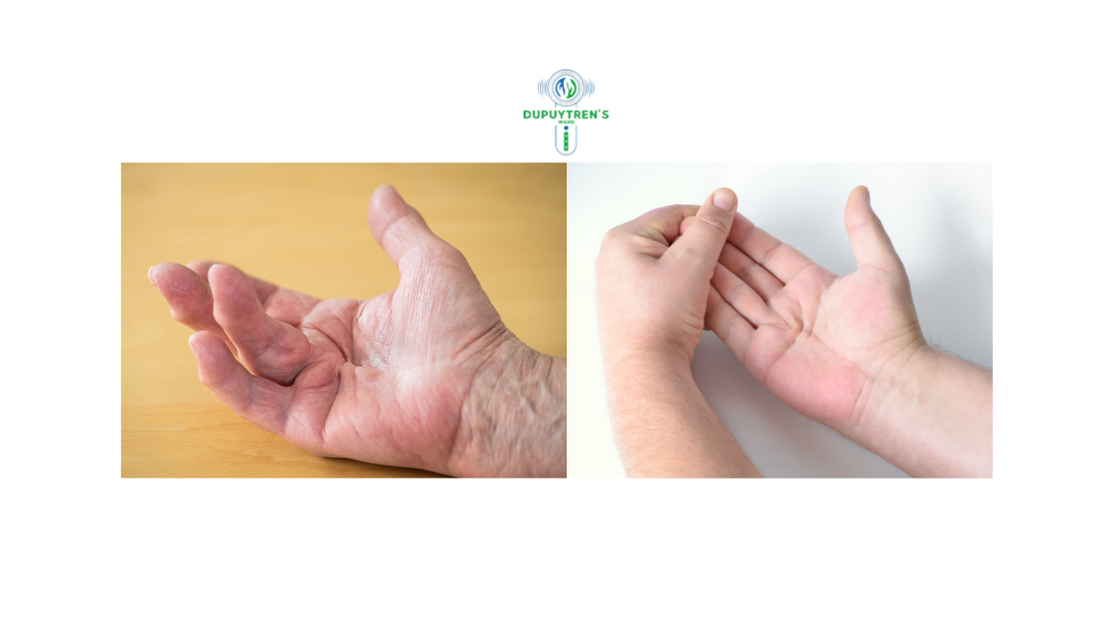
Causes of Dupuytren's Contracture
Share
Dupuytrens contracture is a condition that affects the connective tissue under the skin of the palm. Over time, this tissue thickens and tightens, causing at least one finger to bend inward toward the palm. While the specific cause of Dupuytrens contracture is still not fully understood, several factors contribute to its development. Causes of Dupuytrens contracture include genetics, age, and other health conditions such as diabetes or liver disease.
Causes for Dupuytren’s Contracture
- Genetics: Family history plays a significant role in the likelihood of developing Dupuytrens contracture. If your parents or grandparents had Dupuytrens contracture, you are more likely to develop this condition as well.
- Age and Gender: Dupuytrens contracture is more common in people over 50 years old and tends to affect men more often than women. As we age, the likelihood of developing Dupuytren's contracture increases.
- Lifestyle Factors: Studies have linked certain lifestyle factors, such as smoking and alcohol consumption, to an increased risk of Dupuytrens contracture. These habits may contribute to changes in the connective tissue, leading to the development of Dupuytren's contracture.
- Medical Conditions: Dupuytrens contracture is often associated with other medical conditions, such as diabetes, epilepsy, and liver disease. The connection between these conditions and Dupuytren's contracture is still being studied, but it is believed that they may influence the progression of Dupuytren's contracture.
Treating Dupuytren's Contracture at Home
For those looking to manage Dupuytrens contracture at home, there are various options available. While severe cases of Dupuytren's contracture may require surgical intervention, many people find relief through Dupuytren's contracture treatment at home.
Dupuytren’s Wand is an innovative tool designed to be part of your Dupuytren's contracture home treatment plan. This device uses ultrasound and far-infrared technology to reduce the thickening of tissue, providing relief from tightness and improving finger mobility. The Dupuytren’s Wand is easy to use and can be incorporated into your daily routine, offering an effective treatment for Dupuytren's at home.
In addition to using Dupuytren’s Wand, you can explore other methods for managing Dupuytren's contracture at home. These might include stretching exercises, massage, and the application of Dupuytren’s tape to maintain the flexibility of the fingers and reduce discomfort. By regularly using Dupuytren’s Wand and combining it with other home treatments for Dupuytren's contracture, you can effectively manage the symptoms of Dupuytren's contracture and potentially delay the need for more invasive procedures.
Conclusion:
While the exact cause of Dupuytrens contracture remains unclear, understanding the risk factors can help in managing the condition. With consistent use of Dupuytren’s Wand and other treatments for Dupuytrens contracture at home, many individuals find they can maintain hand function and improve their quality of life without surgery. Effective natural home treatments for Dupuytren's contracture can be crucial in managing the condition and improving overall hand health.